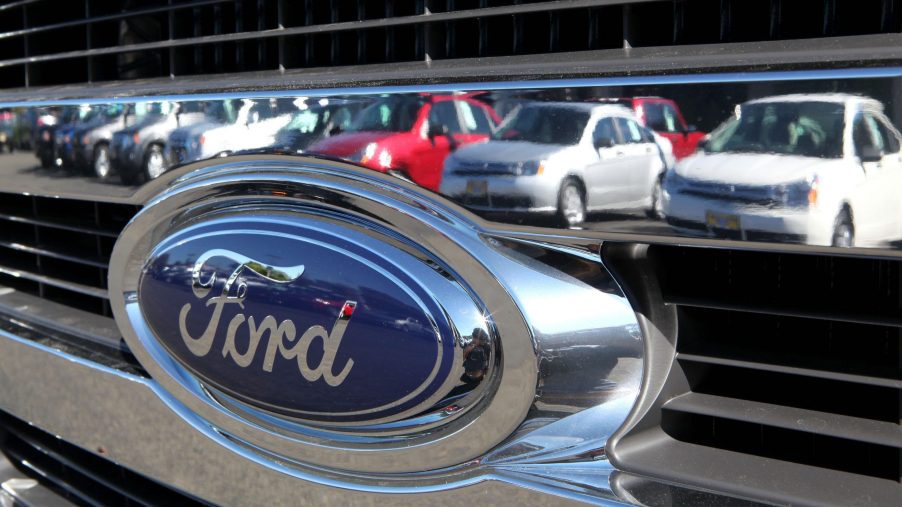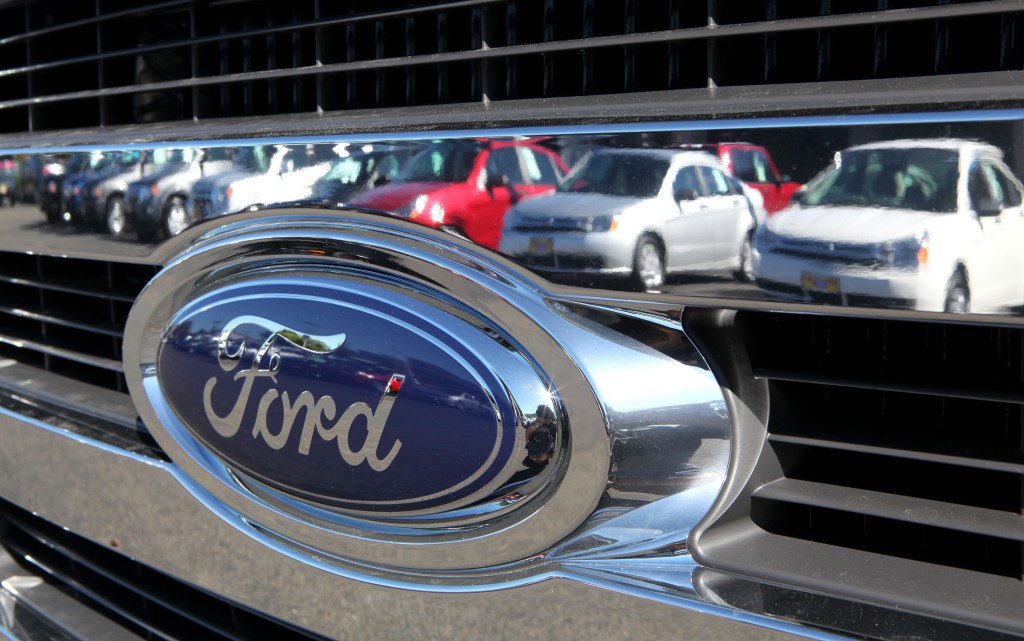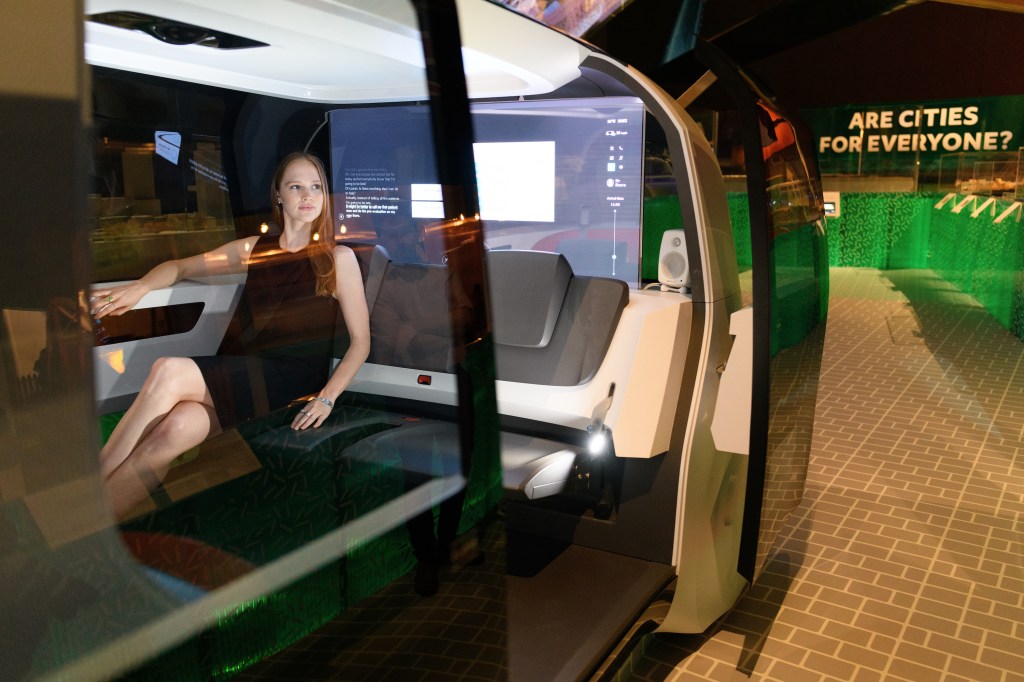
Ford Patent: In-Car Ads Are On The Way
Ford Motor Company has filed a ground-breaking patent. The automaker now owns the rights to the concept of scanning advertisements and broadcasting them to infotainment systems. The patent has gained international attention as it raises some serious concerns.

Billboards are moving to dashboards
Ford’s patent has stirred up a lot of conversation. The company wants to pull advertising data from signage and broadcast it directly to the infotainment screens of its vehicles. It’s unclear if or when this technology would be installed in production cars.
Outdoor advertising on billboards, signs, and posters has become part of the daily commute. The average person is exposed to more than 5,000 advertisements every day. Billboards represent a surprisingly effective number of those.
71% of American drivers said they make a pint to read billboards as they pass by. 26% have taken down phone numbers from the ads they pass. 28% looked up websites from a billboard they passed. Ford’s patent could make this advertising platform even more effective.
What the system will look like
The exact details on this system are light. Ford has said that it would utilize exterior cameras place at various points on the vehicle. External cameras are also a prime feature in autonomous cars. The patent may be intended for future self-driving cars.
Self-driving technology is becoming more prevalent. Driver-assist systems have made driving safer, but the technology is in its infancy. True self-driving cars that do not require human supervision aren’t ready to become the norm. When that technology is ready for public roads and humans transition from operators to passengers, this ad system could make sense.
This patent raises some valid concerns

Critics of the concept have some valid concerns. Perhaps the strongest of these is the case for driver distraction. Dr. David Strayer of The University of Utah’s psychology department conducted a study for AAA. His research found that infotainment systems are more distracting to drivers than cell phones. In response to ads, sudden changes in light, color, and composition on infotainment screens will draw even more driver attention from the road.
Many question the ethics of the system. Without knowing how the hardware and software would be applied, it isn’t easy to weigh. If ads are automatically displayed, this could be interpreted as unethical and, in many places, illegal. Unless in the future, driving on public roads will come with terms and conditions regarding advertising practices.
Beyond the issues of legality, morality, and safety, there is one thoroughly modern concern. There is a current subscription model that speculators fear could be applied to Ford’s new technology. Could drivers face the prospect of paying a premium for an ad-free driving experience? Without more information on the intended use, it’s impossible to conclude.
It’s possible this new system would simply pull data from advertisements for drivers to review on request. It isn’t easy to collect information from these ads while passing them at high speed. Allowing drivers to review the billboards after they’ve stopped could be beneficial.


